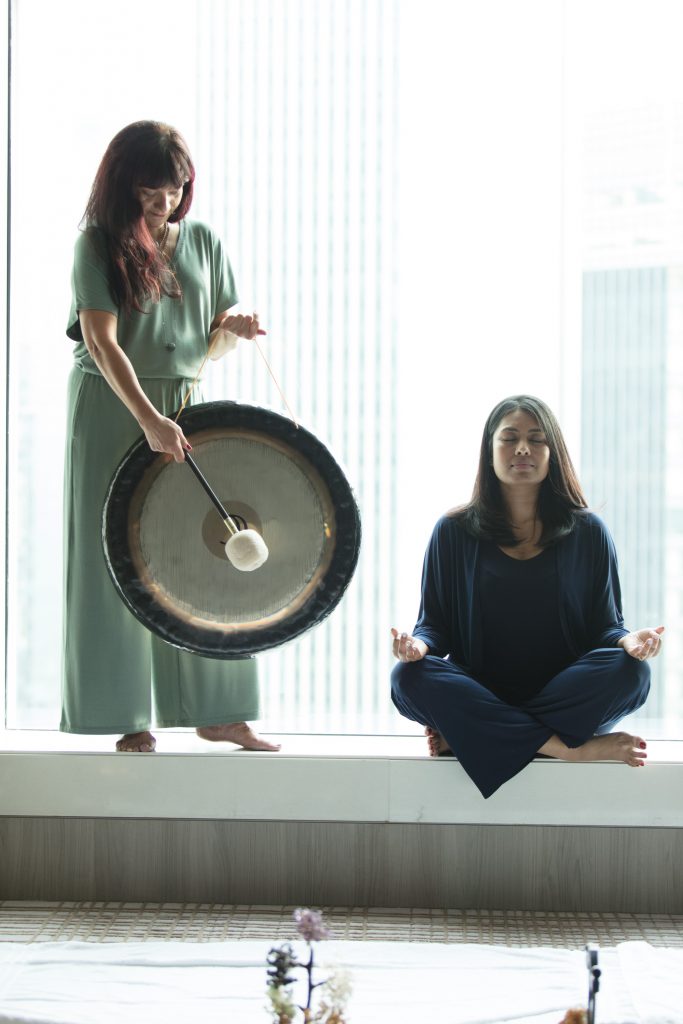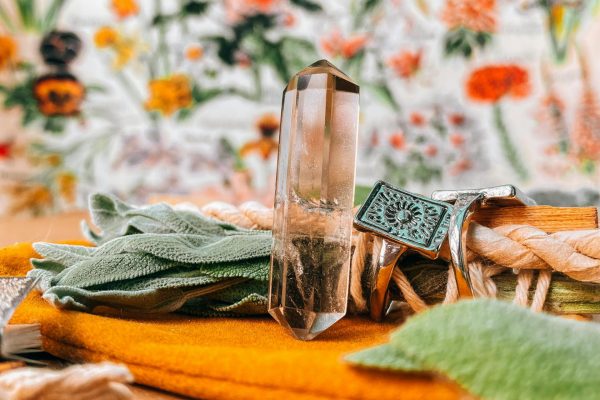The new year is the perfect time to recalibrate our bodies and minds. We ask sound healer Cheryl Rodriguez how vibrations can help us reclaim a sense of calm and kickstart healing

Photo: Four Seasons Hotel Hong Kong
Good vibrations – it’s not just a song. The world is becoming increasingly aware of the importance of wellness and mindfulness as more of us are seeking meaningful ways to connect body and mind. Health practitioners tell us we ought to learn to calm our minds and listen to our bodies to maintain mental and physical wellbeing.
As we approach another year of uncertainty brought on by the ongoing presence of COVID-19, the focus on health remains. Most of us can attest to investing more time and resources towards our wellness goals, whether a new workout wardrobe or investigating new diets. The pandemic has led many of us to step out of our comfort zones to pursue peace of mind, body and soul. One of these ways is to practice mindfulness through vibrational therapy.
Resident healer at Spa at Four Seasons in Hong Kong, Cheryl Rodriguez, has been using sound and vibration to ground, calm and soothe the body and mind. Through striking her gongs and singing bowls, Rodriguez’s practice is said to help “promote a deeper meditative state, stillness of the mind…and the relaxation of the body.”
Here, we delve into what vibrational therapy is and how reducing thoughts and creating silence might just be what we need to kickstart a conversation with our inner self.
Also see: 15 Hong Kong yoga studios to help you feel the stretch

Is vibrational therapy a kind of meditation?
CR: So many people refer to it as sound meditation or gong meditation [and an] easy way to [meditate]. You don’t have to do anything, just lay there. And the more you’re able to stay connected to sound, a pitch or range, the more you’re able to stay in this present moment and then stay relaxed. You might hear a different pitch, then that kind of triggers your brain – there’s a new sound, and there’s a different pitch, different volumes – so you’re actually staying in this present moment.
How do vibrations affect our bodies?
CR: We’re always vibrating at a certain frequency. Our bodies are 70 per cent water, roughly. Sound creates a higher vibrational state that allows your body to restore, rebalancing you to do what the body does best when it’s resting and sleeping. There’s a reason we sleep for restoration and rebalancing.
If you’re sleeping or go into a state that’s close to sleep, you still feel the vibration through the sounds. So it’s a two-fold experience. By staying connected to the sounds, you go into that meditative state. As the bells and the gongs are played, the vibrations start to ripple out, and they connect to the body. You may or may not feel them, but actually just come in gently and massage at a cellular level.
How often should clients come in for a session?
CR: I try to go personally at least once a week to receive this. But it’s up to the individual. From my personal experience, post-surgery, I just wanted to feel good, and I would sometimes go twice a week because I wanted to create that feeling, that sense of relaxation, restoration and balance.
Can individuals repeat this same experience through guided audio meditations and sound recordings?
CR: There will be a certain level of vibration, but it’s more meditative. One of my clients just sent me a singing bowl playlist from one of his favourite DJs. It’s relaxing and meditative, and it gets you into that quiet zone. In-person, you get deeper.
Also see: 5 powerful crystals for battling toxic people and negative energy














































